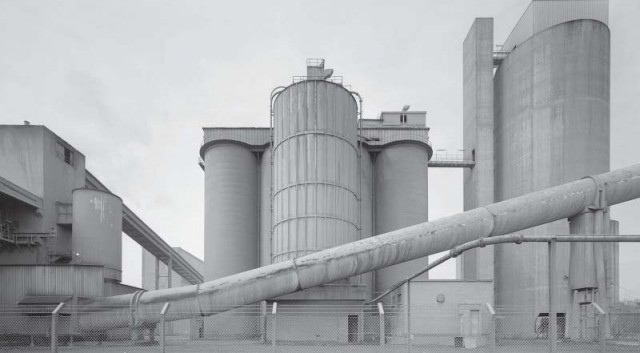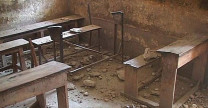Cement plants being tested for dust pollution
‘Factories switch off dust control devices because of power outages, high cost’.

The three factories, 10 to 12 km apart, occupy about 3,000 kanals each of hilly terrain rich with minerals such as gypsum and clay used to make cement. The plants are close to about six villages with a combined population of around 4,000.
An EPA official told The Express Tribune that the material is extracted by blasting the hard rock with dynamite, a process which releases dust as a by-product. But the dust pollution in the area was caused mainly not only by blasting, he said, but also because the cement plants were not using electrostatic precipitators, a piece of equipment that removes most of the dust from emissions. He said there was also a concern that the groundwater level in the area has fallen because of the 14 tubewells installed for use by factory workers.
Chakwal District Officer (Environment) Syed Faisal Maqsood said the dust levels had gone up abnormally as the plants were operating without the dust control equipment due to power outages of up to 18 hours a day in the region. A report evaluating the dust levels will be ready in three days, he said. A show cause notice will then be issued if they are not within permissible limits.
Tauqueer Qureshi, an environmental expert, told The Express Tribune about the hazards posed by cement factories. Gypsum and iron ore, usually with the help of coal as fuel, are burnt in a rotary kiln at a very high temperature. This produces carbon monoxide, carbon dioxide and oxides of nitrogen and sulphur, all of which are pollutants.
He said that dust particles smaller than 20 microns in diameter are the most dangerous pollutants. Electrostatic precipitators create a magnetic field redirecting the dust particle back into the cement. The precipitators are expensive to maintain and most cement factories in Pakistan do not have them, he said. The factories with EPs often choose not to operate them due to high electricity costs, he said. Some factories also use refuse-derived fuels (RDFs) in place of coal, he said, which cause a foul smell.
The representative of only one of the suspected plants was available for comment.
Dr Arif Bashir of DG Khan Cements said the plant had its own generator and hence an uninterrupted power supply. He said dust control devices were operational in each of their plants and they were not emitting high levels of pollutants.
He rejected concerns about groundwater levels, saying that the National Engineering Services of Pakistan had conducted a study showing that the water levels had not fallen. “We have also laid a water supply line for over 4,000 nearby villagers,” he said.
He said the plant used RDFs made from municipal and agricultural waste using an EPA-approved method. He said the allegations that the plants were causing high levels of pollution were “propaganda” against cement factories.
Published in The Express Tribune, May 14th, 2012.



















COMMENTS
Comments are moderated and generally will be posted if they are on-topic and not abusive.
For more information, please see our Comments FAQ